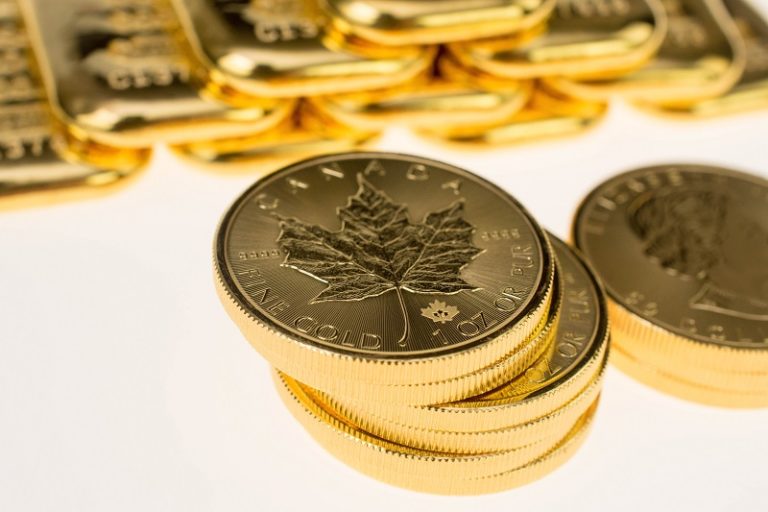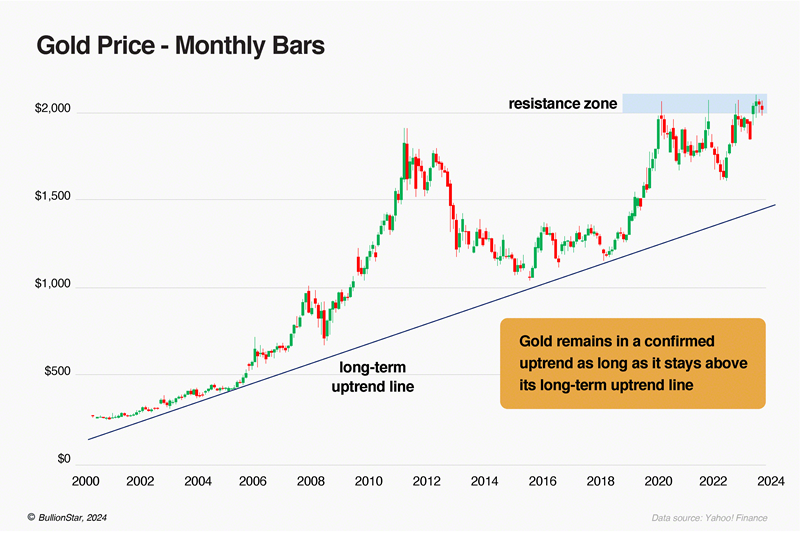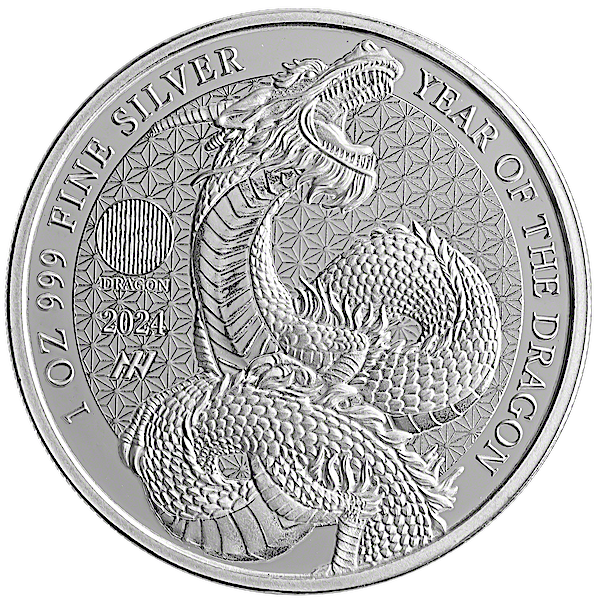The bypass of the dollar
By: Vincent Tie
The current monetary system of the world is also known as the Dollar Standard. It started in 1971 when then US president Richard Nixon severed the last vestiges of the dollar’s link to gold. Prior to 1971, the world was on the Bretton Woods monetary system in which foreign central banks were able to exchange dollars for physical gold at the US Treasury at a rate of 1 troy ounce of gold for 35 dollars.
When President Nixon made the announcement over national television, he said:
“I have directed Secretary Connally to suspend temporarily the convertibility of the dollar into gold…”
The notion of something being temporal means that it will not last forever. If you were watching Nixon on television in 1971, you may think the temporal suspension of gold would last a week, month or several months. Unfortunately, the world has been on the Dollar Standard for 42 years now. The temporary suspension has lasted for more than 4 decades. For this length of time, world currencies has been anchored to the dollar and the dollar is anchored to… nothing.
In their bid to increase demand for the dollar, the US government made a pact with the largest producer of oil then – Saudi Arabia. In exchange for access to US military equipment and protection, the Saudis will only sell oil on the international markets in dollars. This sealed the dollar’s status as the world reserve currency.
Unfortunately, there are increasing signs in the last few years that the exorbitant privilege that the dollar has as the reserve currency is about to be rescinded.
Direct currency trade agreements increase
More countries are establishing direct currency trade agreements amongst themselves in recent years. Direct currency trade agreements allow 2 countries to trade directly in their national currencies. They do not have to incur potential foreign exchange risks of converting their national currencies to the dollar before engaging in trade. It also means that both countries will hold more of the other country’s currency in reserves to facilitate this direct currency trade. This creates demand for these countries’ currencies and it bypasses the dollar altogether. Direct trade agreements are also beneficial because they would reduce the risks of exposure to any turmoil in the value of the dollar.
China, the largest creditor of the US, has signed direct currency trade agreements with more than 20 countries to date. Some of these countries include Russia, Japan, Brazil, Australia, South Korea, UAE, Singapore, Malaysia, Indonesia and Thailand. In 2013, the Bank of England and European Central Bank also came on board China’s direct currency trading bandwagon. All these countries just about represent every major trading nation and financial centers in the world today.
While the use of the Chinese renminbi for international trade is still a small fraction to the amount of dollars used, it has become one of the top 10 most traded international currencies. The establishing of these trading channels show that the world recognizes the increasing need to diversify risks away from the dollar. When the dollar collapses from over issuance, world economies would have these channels to continue conducting trade.
Internationalisation of the renminbi
China’s numerous direct currency trade agreements with many countries are proof of China’s ambitions to increase the use of the renminbi in international trade. These agreements also show that other countries are increasingly willing to accept the renminbi.
Yuan denominated financial products are also gaining acceptance and catching the eye of the investment community. Companies issuing renminbi denominated debt are seeing sales rise to 221 billion renminbi in 2013 compared to only 16 billion renminbi in 2009.
Prior to October 2013, Hong Kong was the only financial center participating in the Renminbi Qualified Foreign Institutional Investor (RQFII) programme. In October, the RQFII was extended to Britain and Singapore paving the way to make them renminbi trading hubs. The RQFII allows banks and asset managers in these countries to invest directly in Chinese stocks, bonds and money market funds. This increases the attractiveness of holding renminbi since it is becoming more liquid.
Not resting on its laurels that the renminbi is gaining acceptance, China is also importing record amounts of gold to strengthen reasons to hold the Chinese currency. It is no wonder that the coming internationalization of the renminbi is touted as the ‘biggest revolution’ in the currency market since the creation of the euro in 1999.
Dollar’s petrodollar status is threatened
The dollar’s petrodollar status is also increasingly threatened. In 2012, it was confirmed that China was buying oil from Russia and Iran using the renminbi instead of dollars. Turkey had also imported Iranian oil in exchange for gold to bypass the energy sanctions imposed by the US and European Union. Other oil producing nations like Sudan and Angola are also expected to sell oil to China in renminbi in the future.
In Oct 2013, US-Saudi relations appeared strained when Saudi intelligence chief, Prince Bandar bin Sultan, said that Saudi Arabia intends to make “a major shift” in its relations with the US. The Saudis were apparently upset over the US reluctance to be involved militarily in the Syrian conflict. They had wanted Syria’s President removed and Iran’s influence over Syria reduced.
It did not help that in the same month, China surpassed the US as the world’s largest net oil importer. China is now Saudi Arabia’s biggest customer for oil. We may soon see the Saudis accepting the renminbi in its oil trade with China thereby diminishing the longstanding dominance of the dollar.
These signs show the growing trend of countries taking steps to move away from reliance on the dollar. This behaviour stems frWhile the dollar is still the world’s reserve currency seat, its time is now limited as other major ready alternatives for a new world that will bypass the US dollar.om realizing that the fiscal position of the US is abysmal. It did not help that the US politicians chose to openly parade the country’s indebtedness in the debt ceiling debate in October. The debacle threatened the stability of the world economy and left world leaders fuming at how exposed their countries were to the health of the dollar. Adding fuel to the fire is an increasing discomfort among investors with regards to the Federal Reserve’s currency printing ways. While the dollar is still perched on its reserve currency seat, other countries who are propping it up are looking amongst themselves to chart a new world that bypasses the dollar.







